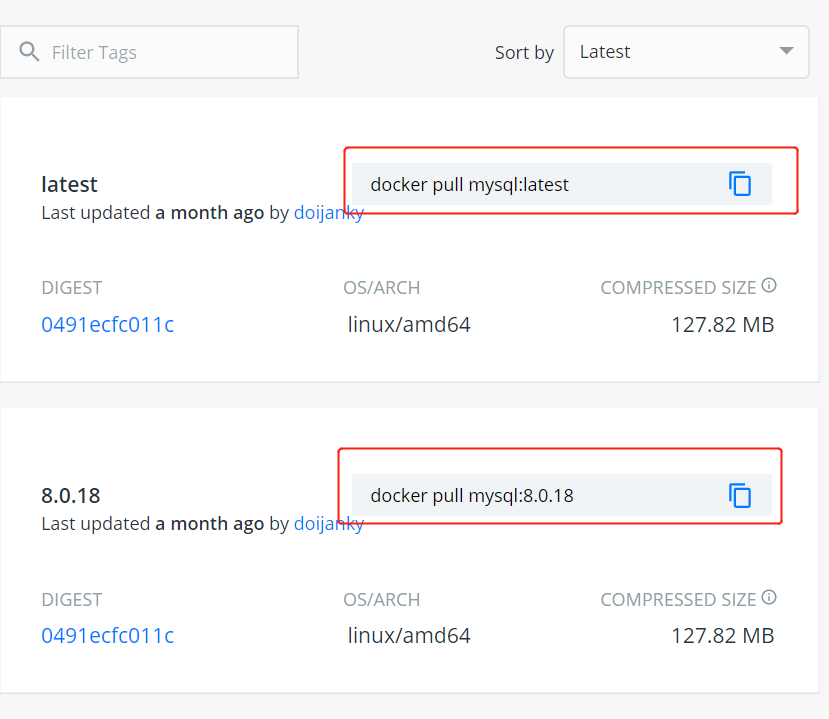
Because we’re repeating these build, push, and pull steps so many times, we should pay special attention to our container build steps. With each step of the pipeline, we’ll be building, pushing, and pulling images.
DOCKER MYSQL SLOW SOFTWARE
Then, when we’re satisfied that our software works, we push our code through a deployment pipeline. Every time we change the software, we’ll want to check that our new artifact is working as expected. As developers, we run these build steps quite often. When we work with containers, we’re typically packaging the software we’re working on into a container build. With the introduction done, we can now discuss some fun stuff: making containers super fast. Optimizing up or downstream the bottleneck won’t have an effect on the end user, or the consumer, of the system.īe data driven. Gathering hard evidence (numbers) about system behavior before and after you run any performance analysis is essential. Optimize the bottleneck. Take into account where your bottleneck is and optimize only at that point. When it comes to performance improvements, stick to the following guidelines: Importantly though, these cached layers are additive, which means you can only add to them (more on this later). This means, among other things, as you build a Docker image (as part of your Dockerfile) it’s cached for performance. You need to think about what resources the host has, and how it’s sharing these with the containers.Ĭontainers are built from layers. Containers use the union file system. Some key points to remember about containers:Ĭontainers (nearly always) have hosts. Containers need machines to run on, but don’t expect them to run optimally out of the box.

Containers will always run predictably-no matter where you choose to execute them-as isolated and protected processes. Simply put, Docker containers are a way of packaging and distributing software with simple instructions to run. It’s important to understand the nuances of how Docker works so we can ensure we’re leveraging its powerful features.

We’re going to discuss some of the tips and tricks to ensure you are utilizing the real speed of containers. You don’t get lightning-fast performance out of the box without Docker performance tuning. One of the biggest benefits touted about Docker containers is their speed.

Over the past few years, a lot of modern-day software has now moved to become packaged in a Docker container, and with good reason.


 0 kommentar(er)
0 kommentar(er)
